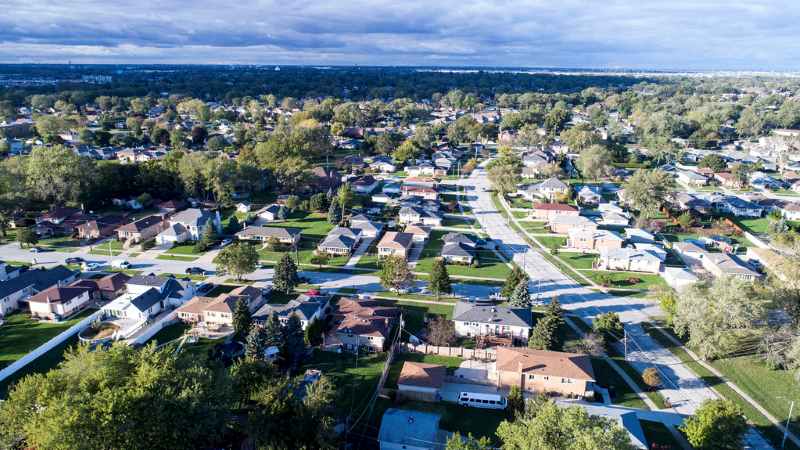Economy
U.S. Housing Market Slows Down New Home Sales Decline in August
U.S. Housing Market Slows: sales of newly constructed homes in the U.S. fell in August after a strong surge the previous month. Buyers hesitated due to gradual declines in mortgage rates. The annualized rate of single-family home purchases dropped by 4.7%, reaching 716,000 units. This drop follows the most significant growth since early 2022, according to government data. Economists surveyed by Bloomberg had predicted sales of 700,000 units.
Home Prices Continue to Decline
The median sales price decreased by 4.6% year-over-year, falling to $420,600. This marks the seventh consecutive month of price drops, the longest decline streak since 2009. Fewer transactions involving homes priced over $500,000 contributed to this trend. The prolonged drop in prices signals a changing landscape in the housing market.
The U.S. housing market slows, indicating significant changes as prices continue to decline, accoerding to wsj digital subscription.
Mortgage Rates Hit Two-Year Low
Despite the sales dip, optimism in the housing market is growing. Mortgage rates reached their lowest level in two years, driven by expectations of Federal Reserve interest rate cuts. Consumer confidence has improved, and homebuilder sentiment has turned positive for the first time since May. Construction-related stocks continue to perform well, nearing record highs.

Canada’s Home Sales Surge to Highest Level Since January
Canada’s home sales surge market saw a notable rebound last month, reaching its highest sales level since January…
Increased Demand for Home Purchases
For eight consecutive weeks, mortgage rates have declined, boosting home purchase demand, according to the Mortgage Bankers Association. The Conference Board survey also indicated that more consumers plan to buy homes in the next six months, reaching the highest level in a year.
Builders Offering Incentives to Drive Sales
Homebuilders, such as Lennar Corp., have been attracting buyers by offering incentives like mortgage rate buy-downs. Although these measures increase demand, they have also reduced profit margins, according to Bloomberg Intelligence. Builders are trying to offset affordability concerns in the market.
Inventory Levels and Regional Sales Trends
Builders made strides in reducing inventory, with completed homes sold reaching the second-highest level since 2006. However, 467,000 homes remain for sale, approaching levels seen during the Great Recession. Sales fell in three of four regions, with the Northeast and West seeing the largest declines. In contrast, contracts in the South rose, matching the highest pace since late 2021.
Volatility in New-Home Sales Data
New-home sales offer a more current market snapshot than previously owned homes. However, the data remain volatile, with a 90% confidence interval showing the change in new-home sales ranging from a 15.3% decline to a 5.9% increase. This variability reflects ongoing uncertainty in the market.
Subscribe to the New York Times and Wall Street Journal Combo Deal for unlimited access to news, archives, podcasts, and live TV. Available on all devices, save 77% with this offer!

